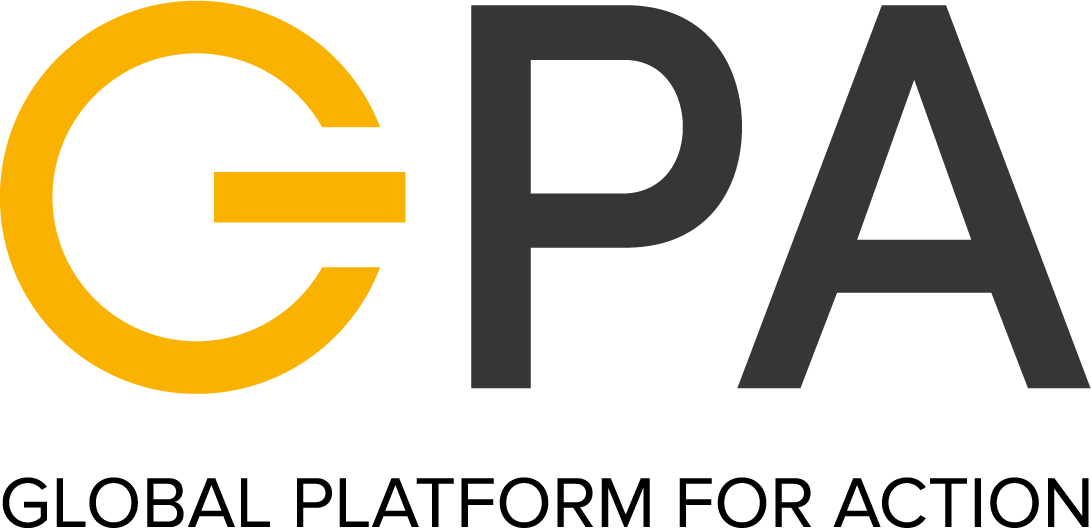In this section
In this sectionData and evidence:
Data are inherently meaningless. They need to be combined, analysed and interpreted with other information, to help us understand and make sense of a given issue or situation. This is as true for clean energy access, as it is for any other aspect of humanitarian action. Yet "we need more data" has been a common mantra in humanitarian energy discussions. A more fundamental question is what are we trying to achieve, i.e. data to what end?
Fortunately, the answer is now clearer since the Global Plan of Action for Sustainable Energy Solutions in Situations of Displacement (GPA) was launched in July 2018, bringing together a range of UN and NGO partners with a common interest in the topic. One of the operational needs is data and evidence to inform project design, which has been the focus of working group V.
In October 2019 UNHCR launched its Global Energy Strategy, which sets specific targets on energy access and increased use of renewable energy in the humanitarian sector. The strategy also makes explicit reference to 'host communities', a term that speaks to the language of the Global Compact on Refugees, whose first two objectives are to: 1) ease the pressures on host countries and 2) enhance refugee self-reliance. This is important because access to affordable, reliable, sustainable and modern energy for all (enshrined as SDG7) is often as much a need for the communities living close to refugees, as it is for refugees themselves. In fact, 85% of all refugees are hosted in low or middle-income countries, and Sub-Saharan Africa hosts more than 26% of the world’s refugee population. In protracted situations, the humanitarian sector and the extra resources it attracts can play a catalytic role in pushing the energy access agenda (and other SDGs), offering development co-benefits for host communities.
But first things first: we need to measure and understand realities on the ground, before we can develop a pipeline of energy projects for investment or full feasibility. To this end, UNHCR has launched a visualisation of baseline data to accompany the 'Clean Energy Challenge', which will be launched at the Global Refugee Forum. This provides a rough and ready indicator of the scale of challenge. This is useful but does not help us understand the energy needs of refugees. For that, information must be gathered through detailed assessments, or the application of original research, data and evidence gathering.
Multiple sources of data and information exist that relate to energy use in humanitarian settings. However, this information is largely disparate, disconnected or piecemeal. Most is gathered by specific projects or programmes and reported to a specific donor or technical division with UNHCR or related agencies. Much is contained within technical needs assessments, commissioned by humanitarian agencies, including UN agencies such as UNHCR, IOM and WFP and humanitarian NGOs.
To overcome this 'data disorder' UNHCR is leading the development of a standardised sector-wide energy assessment methodology, conceived by the GPA’s data and evidence working group. Funded by NORCAP, the methodology is being designed for use by UN agencies and implementing partners.
It will guide users to obtain relevant open-source data and information and how to combine this with primary data collection in the field. It will also help inform the design of projects that aim to provide access to affordable, reliable and sustainable energy. In short, it will be a 'cook book' for conducting energy needs assessments in displacement, to help us make better decisions and meet energy needs more effectively.
It will draw upon pioneering work by Practical Action, the Moving Energy Initiative and other projects such as the University of Coventry’s Humanitarian Engineering and Energy for Displacement. Its aim is to harmonise the use of quantitative surveys, qualitative data collection, community engagement strategies, and economic and energy market assessments. The trick is to allow - and encourage - researchers to think freely to develop and apply their own methods and analytical insights, while ensuring the provision of basic comparative (quantitative) data for global tracking on SDG7.
However, in operational terms the value of energy assessments is to inform a pipeline of projects for full feasibility or investment. Here, project designs needs to be robust, empirically informed and endorsed by a range of stakeholders. A good example of how research and can lead to outcomes is the work commissioned by UNHCR in Tanzania, where UNEP DTU Partnership (UDP) conducted a cost benefit analysis of LPG use in the Nyarugusu camp in 2017, building on a pilot programme, which then led to a market creation plan for LPG targeted at 6000 host community members.
Once the methodology is developed and tested in the first half of 2020, the following steps will include:
- Investing in on-the-ground expert capacity (within UNHCR or other lead UN agencies such as WFP and FAO) to commission and guide energy assessments. These should be connected to national technical working groups on energy and environment and to national policy and planning processes
- Curating global level research and data to track progress towards SDG7 in displacement, ideally coordinated by UNHCR in collaboration with partners such as the World Bank
- Connecting the country-level work to technical and financial resources and building relationships with global and local researchers, coordinated by UNHCR and the GPA
- Coming up with project ideas for development organisations, including detailed feasibility studies and bankable projects.
James Haselip is an Energy Advisor at UNHCR and co-chair of GPA's Working Group V on Data and Evidence
Last updated: 16/12/2019



